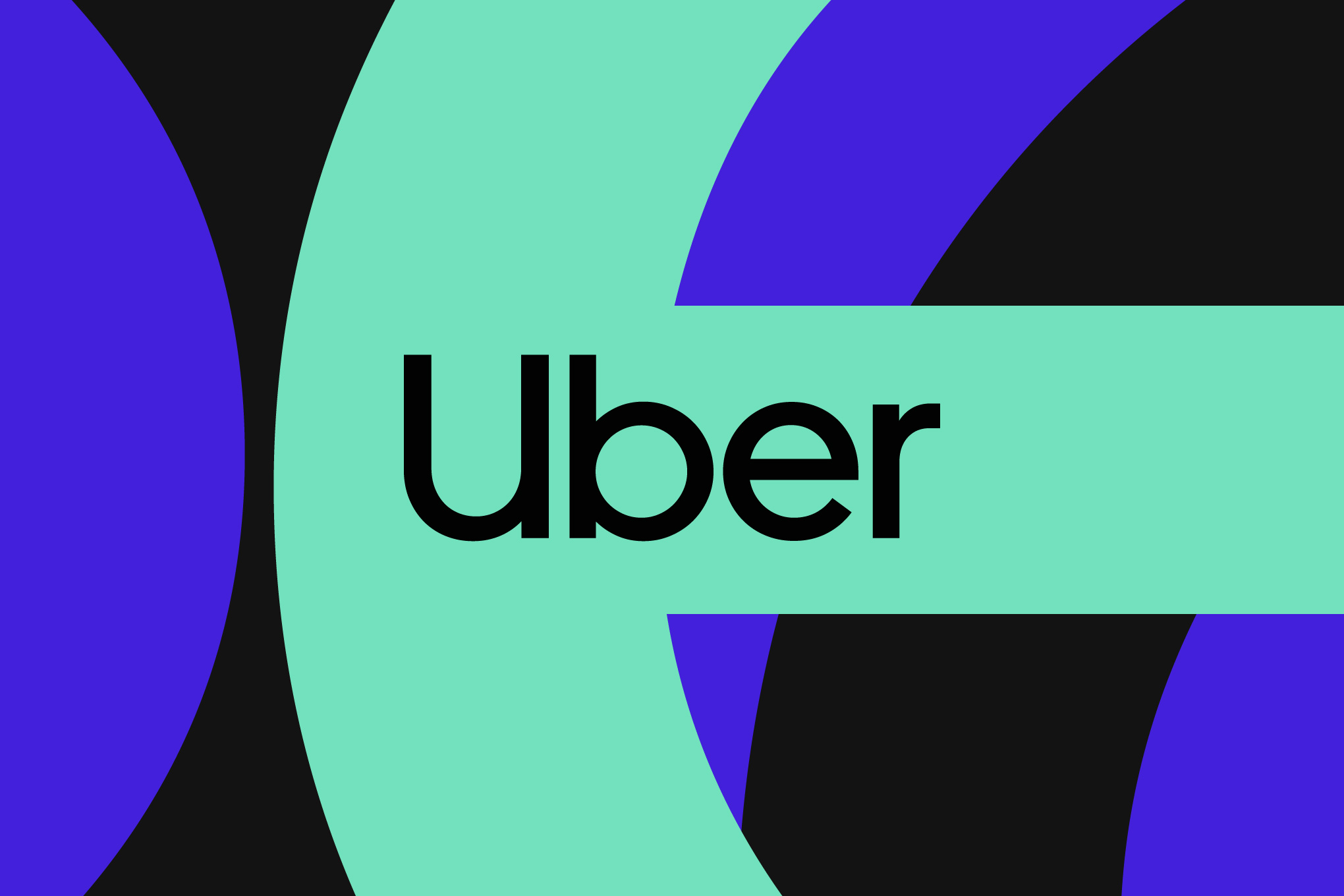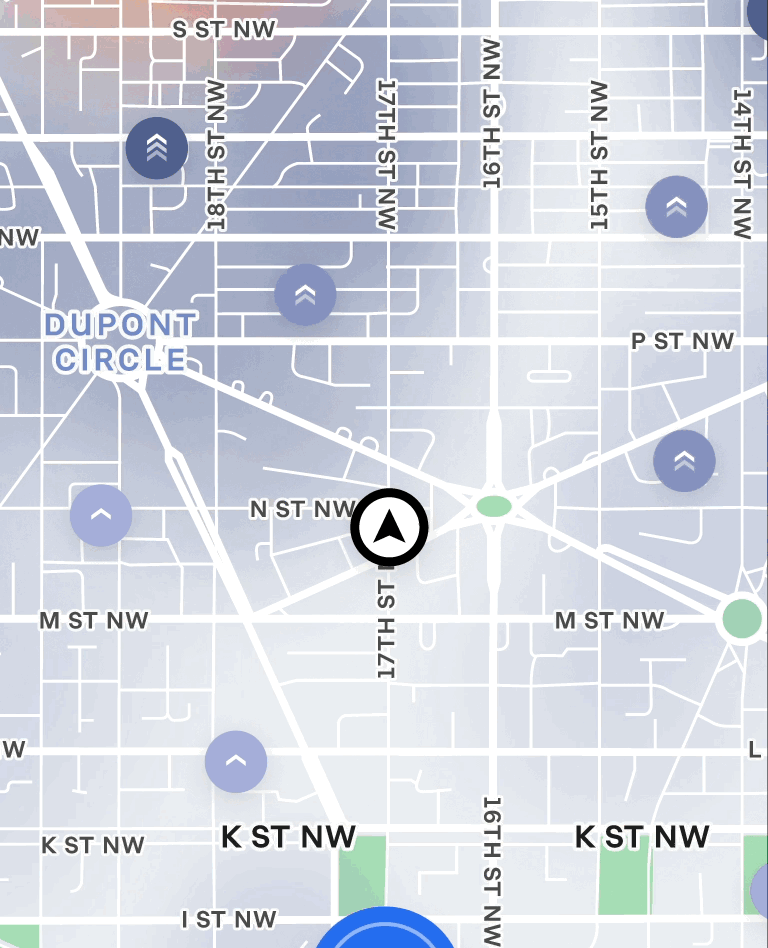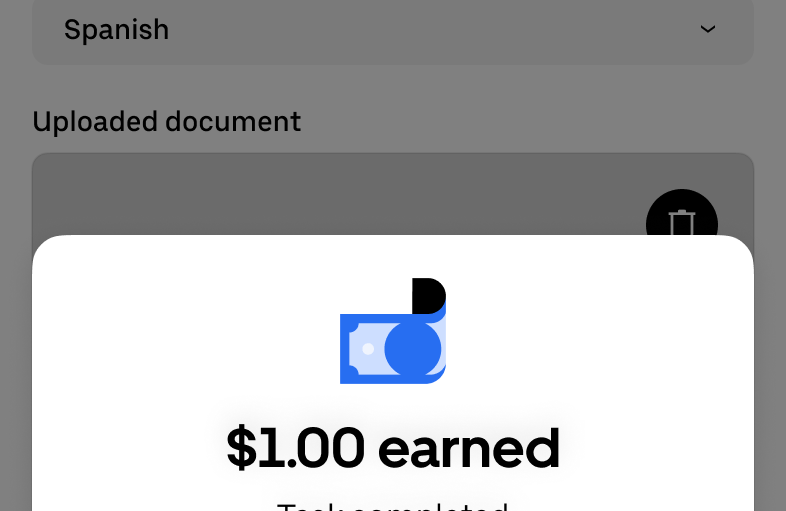
In its effort to be the top application for "flexible work," Uber introduced a new pilot program today, enabling its US drivers and couriers to make additional income by completing "microtasks" that help train AI systems.
These responsibilities involve recording audio voices, taking and uploading pictures, and submitting paperwork in specific languages. The instructions will differ, but some instances might be "upload photos of vehicles" or "record yourself talking in your language or regional dialect." Another example is to upload a menu written in Spanish, which could result in earning up to a full dollar.
The action might place Uber'sglobal network of independent drivers and delivery personnelto question the dominance of traditional players such asScale AIand Amazon's Mechanical Turk — companies and platforms that collaborate with generative AI firms to assist in training their models by having people annotate and categorize the data that fuels them. Much of this work is carried out throughlow-cost workforce beyond the United Statesand is considered essential in the creation of advanced AI systems.
It's also one of several updates Uber is unveiling today regarding the concept of creating "the best platform for flexible work," as CEO Dara Khosrowshahi stated during an event in Washington, DC. Most of the updates focus on how drivers and couriers engage with the app, with the goal of making the process of working for Uber more convenient, intelligent, and equitable. Alongside digital microtasks, Uber is also overhauling its trip offer cards, launching a new heatmap to guide drivers toward areas with high demand, and enhancing its features to provide female drivers with greater control over their rides.
Uber has previously employed independent contractors to assist in training AI models, utilizing what it refers to as "human-in-the-loop" methods that combine "human knowledge with machine efficiency," as stated by the company.AI Solutions Group. The company recently bought Belgian startup Segments.aito grow its early-stage data annotation operations.Uber drivers in IndiaThey have recently had the chance to make small amounts of money by responding to prompts in the Uber app for the first time. The company is now expanding its digital tasks trial to the United States.
It is uncertain if Uber drivers will embrace these microtasks, considering the numerous complaints about low earnings due to the company's high percentage taken from each ride and delivery. Naturally, Uber categorizes drivers as independent contractors, claiming they are self-employed and therefore not entitled to standard benefits such as overtime pay, minimum wage safeguards, and health coverage. Certain Uber drivers contend that the company's algorithm has excessive influence over their daily lives, making it difficult to consider them as anything other than employees.
Besides digital microtasks, Uber is also modifying the offer cards for drivers and couriers to provide them with additional time and details before they accept a trip. Offer cards are the screens that drivers see prior to accepting or declining a trip request. Now, Uber is allowing them more time to decide once the card appears in their app. Uber is also introducing a new in-trip experience for couriers that "simplifies" deliveries involving multiple orders by offering clearer instructions for pickups and drop-offs, along with alerts for frequently overlooked items.

A newly created heatmap aims to provide drivers with greater clarity regarding areas with high demand. Red zones represent the shortest waiting periods, followed by orange, then yellow. Purple regions signify areas where surge pricing is active, and it displays the average waiting time for a ride based on recent data. Drivers who are traveling from their residences to a high-demand area, such as a city center, can now select between a route that reaches their destination as quickly as possible or one that optimizes earnings along the way.
Uber is also implementing some changes that it claims will enhance the safety of its app for both riders and drivers. After initially launching itsWomen Rider Preferences feature in the United States since last July, the company is now offering it in more cities, such as Baltimore, Minneapolis, Philadelphia, Seattle, Portland, and Washington, DC. This feature enables female drivers to specify their preferences so they only get rides from female passengers, and the other way around.
In regions where the feature is accessible, Uber reports that women have utilized it across more than 100 million journeys. A quarter of female drivers activate it weekly, while over half maintain it enabled for more than 90% of their rides.
Uber now allows drivers to establish minimum rating thresholds for passengers, depending on their comfort levels, turning the feature on or off as needed — such as using it during late hours and disabling it during the day. Alongside rider verification, Uber states that these features help "provide drivers with greater peace of mind on every ride."
Finally, Uber is introducing a number of new changes focused on fairness. Drivers have frequently expressed feelings of powerlessness when facing random account deactivations and the complicated process to reverse those actions. Uber now claims it is listening to these concerns and aims to make things easier — though it will not completely remove the necessity for deactivation:
We understand that losing access to Uber can lead to significant difficulties, which is why we are striving to help drivers and couriers continue making money, even when problems occur. Whenever possible, we will restrict access to certain earning opportunities instead of the entire platform. For instance, if there's a report regarding alcohol delivery, drivers can still accept food or rideshare jobs. As usual, severe violations, such as safety concerns, could lead to complete loss of access to Uber.
If a passenger files a complaint against a driver with Uber, the company states that it will also give the driver an opportunity to present their perspective before reaching a conclusion. Additionally, if a rider submits false reports about a driver, they may face account deactivation.
Uber is also introducing a new Delayed Ride Guarantee, allowing drivers to receive higher compensation if a trip is delayed because of a customer or situations beyond their control, such as traffic or road closures. Additionally, it is enhancing its tipping prompts for riders, expanding them to iPhone Live Activities, so users get more frequent reminders to tip their drivers or delivery personnel.



